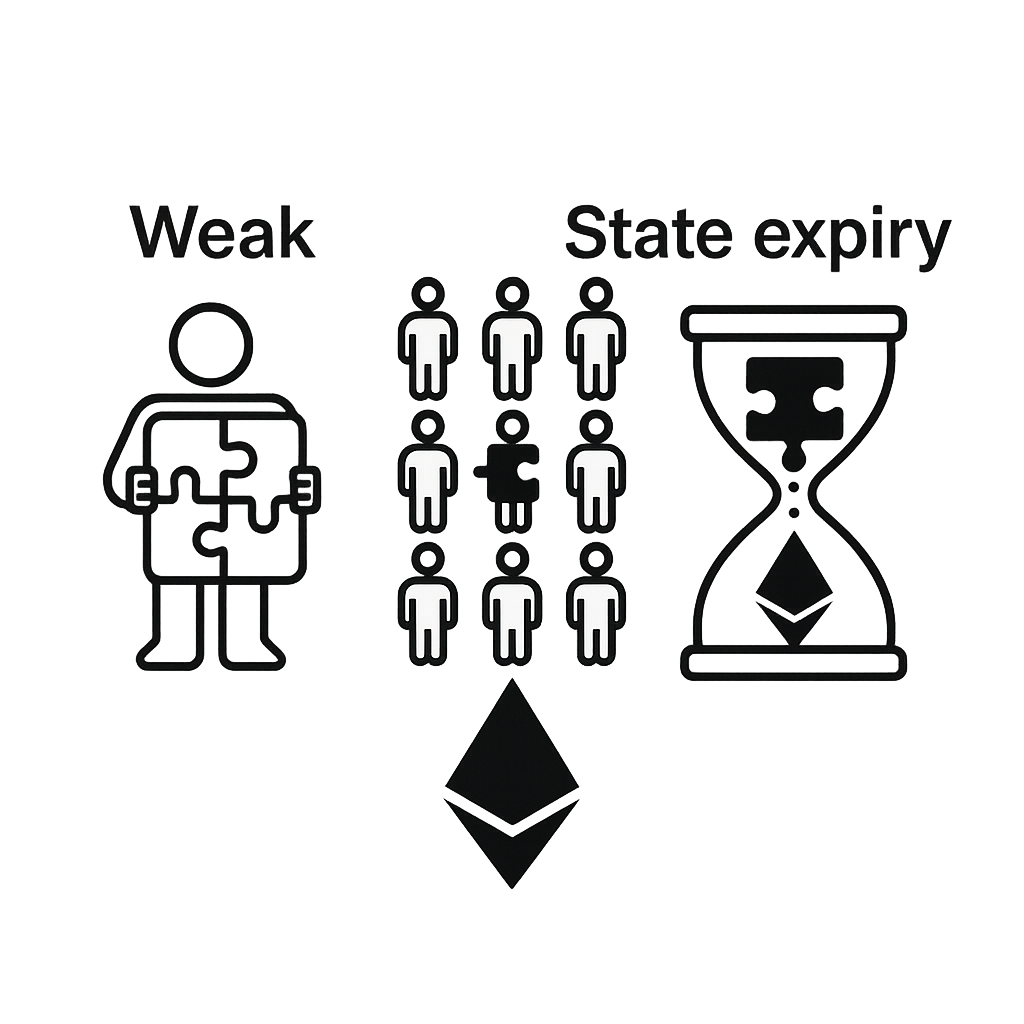
Bloatnet Initiative
Advancing Ethereum's scalability through experimental blockchain parameters
Bloatnet is an ambitious effort to create a new Ethereum-like chain with altered parameters that enable greater throughput through bigger gas limits and smaller slot times.

